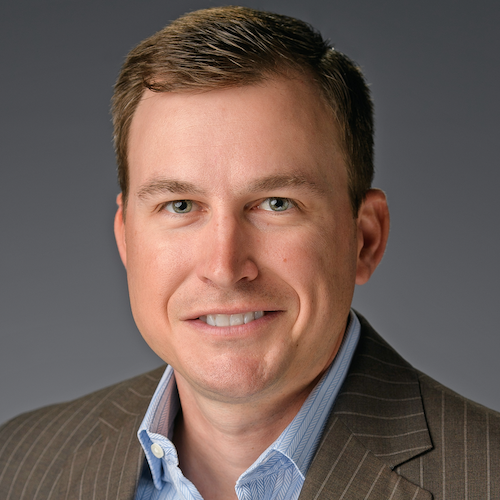
Senior living and care operators are treading familiar ground as 2020 continues to unfold, with ongoing trends affecting how business is done. Two such trends are the growing numbers of aging American in various states of wellness and a worsening shortfall of care workers.
If anything, the pressures are only intensifying as we move forward, making it imperative for providers across the continuum to sharpen their risk-management capabilities even as they get creative where they can on the problem-solving front. Here’s how it shakes out:
Employers must get strategic on benefits to address mounting worker shortfall.
Employers along the senior living and care continuum won’t find the staffing struggle any easier to deal with in 2020. Both care professionals and minimum-wage staff are difficult to recruit, much less retain, when the economy has translated into full employment and plenty of more attractive work settings are beckoning. Current immigration policies have further stifled the flow of those who once met the need for minimum-sage workers in many regions.
When direct senior care has openings for a record number of jobs and turnover rates can hit as high as 75%, it’s time for employers to get more aggressive – and creative – with solutions. An enhanced menu of employee benefits that addresses distinct needs of specific employee groups will be a big differentiator and go a long way toward encouraging people to stay. Two possibilities: “Mini-med” plans that provide low-cost health coverage to those who might not be eligible for major medical plans, and telemedicine, an increasingly popular way to improve access to care.
As risks mount, so do the costs of protecting against them.
The environment means the industry will be challenged to avoid some costly claims moving forward. Physical abuse and neglect of residents continue to be a major concern; claims are averaging $406,000 in damages, and settlement case values can hit millions of dollars.
Some communities are starting to see reductions in limits for sex abuse coverage. Carriers are pulling out of the market, and some are reluctant to write policies in particularly litigious states such as Kentucky, Illinois and Florida. Professional liability and general liability premiums are increasing by 15% to 30% in a hardening market, and pain is being felt in the property and auto lines, too.
Given the pressures, communities will be well-served by broker-partners who aren’t doing the same old, same old to get their risks covered. Long-term sustainability requires a more thoughtful approach, from placement structures to providing the kind of risk management guidance that prevents claims, and to ensuring that claims are closed effectively.
The operating environment for operators in the senior living and care sector certainly is not going to get less challenging as the first year of a new decade continues to unfold. Organizations in the best position to succeed will anticipate the risks on the path ahead and develop the tools and the people to make it work.



